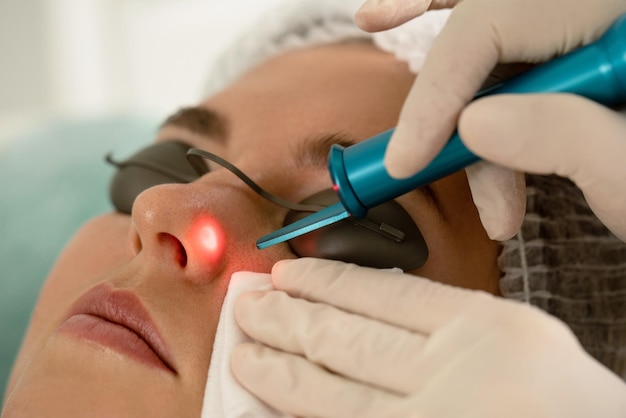Introduction
Moles are just a part of life. Some people embrace them (think Cindy Crawford), while others would rather not have them—especially on the face. Whether for cosmetic reasons or because a mole has changed shape or color, laser treatment is one of the easiest ways to remove them without going under the knife. If you’re considering it, the Best Laser Ablation for Warts, Moles, Milia, and Skin Tags Treatment in Islamabad offers a safe and precise solution.
If you’re in Islamabad, you’re in luck—Dr. Taskeen Iqbal offers some of the best laser treatments for moles, warts, milia, and skin tags. It’s a quick procedure with minimal downtime, but let’s be real—you should know what you’re signing up for before jumping in.
What is Laser Treatment for Moles?
Laser mole removal uses high-energy light pulses to break down the pigment in the mole. Over time, your body absorbs the pigment, and the mole fades or disappears.
Why Pick Laser Over Surgery?
Traditional mole removal involves cutting and stitches, which can leave scars. Laser treatment is noninvasive—no scalpels, no stitches, no horror-movie flashbacks. It’s ideal for small, flat, non-cancerous moles that aren’t deeply rooted in the skin. If you’re curious about whether it’s right for you, this guide on Laser Treatment for Moles: Pros, Cons & What to Expect breaks down everything you need to know. But fair warning: not all moles are laser-friendly. A dermatologist will check yours first to see if it’s a good candidate.

How the Procedure Works
If you’re picturing a sci-fi laser zapping away your mole in seconds, it’s not quite like that. The process is simple, though:
- Consultation: The dermatologist examines the mole to ensure it’s safe for laser removal.
- Preparation: The area is cleaned, and a numbing cream is applied so you don’t feel a thing.
- Laser Time: The laser targets the mole, breaking it down layer by layer.
- Aftercare: A soothing cream is applied, and you get a list of do’s and don’ts for healing.
- Healing Process: A small scab may form, but it falls off in one to two weeks—so there is no need to worry.
The whole thing takes less than 30 minutes, and you can go about your day right after. No downtime, no drama.
Common Side Effects of Laser Mole Removal
Laser mole removal is safe, but let’s be honest—your skin might throw a little tantrum afterward. Here’s what you can expect:
Redness and Swelling
Your skin might look a little angry right after the procedure. Some redness and mild swelling are normal, but nothing dramatic. A cold compress helps calm things down.
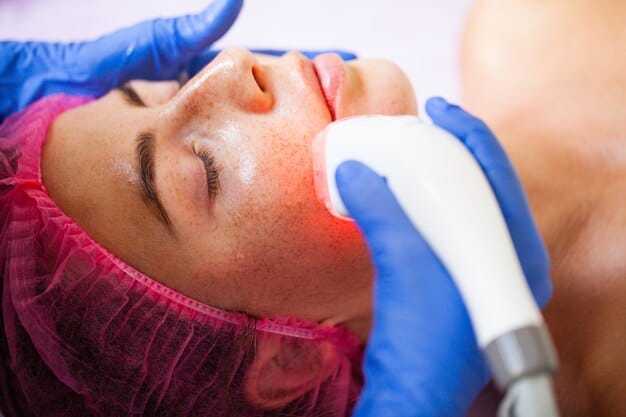
Scabbing and Peeling
A small scab will likely form over the treated area. Let it do its thing—picking at it is a bad idea unless you’re looking for a scar souvenir.
Temporary Skin Discoloration
Some people notice lighter or darker spots where the mole used to be. This usually fades over time, especially if you wear sunscreen (seriously, don’t skip this step).
Itching and Sensitivity
Your skin might feel grumpy as it heals, but nothing unbearable. A fragrance-free moisturizer will help keep things comfortable.
Risk of Infection
Rare, but possible. You’ll be fine if you keep the area clean and not touch it with dirty hands. Your dermatologist may also give you an antibiotic cream to prevent any issues.
Rare but Serious Side Effects
Most people have a smooth healing process, but things occasionally don’t go as planned.
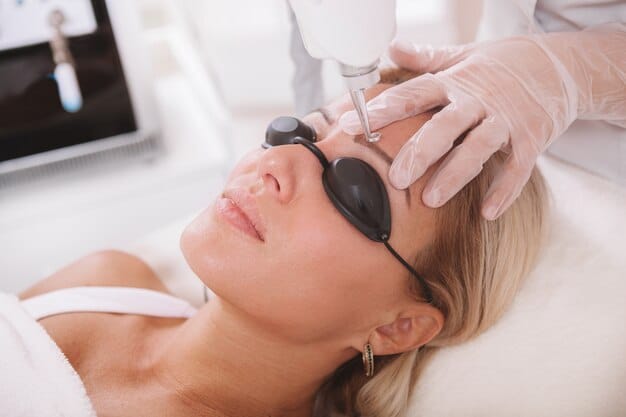
Scarring
Laser treatment is designed to reduce scarring, but you might get a mark if you pick at the scab or don’t follow aftercare instructions. To avoid this, keep the area hydrated and protected.
Permanent Skin Color Changes
For some, the treated area might develop permanent dark or light patches. If you have darker skin, this is more likely—another reason why sunscreen is non-negotiable after treatment. With innovations in dermatology, it’s clear How Laser Treatment for Moles Is Changing Skin Care by offering targeted results with fewer side effects for many skin types.
Allergic Reactions
Some people react to the numbing cream or post-treatment ointments, leading to irritation or swelling. If something feels off, let your doctor know.
Burns or Blistering
If the laser is too strong, the skin can burn. This is why you should only trust experienced professionals like Dr. Taskeen Iqbal to do the job right.
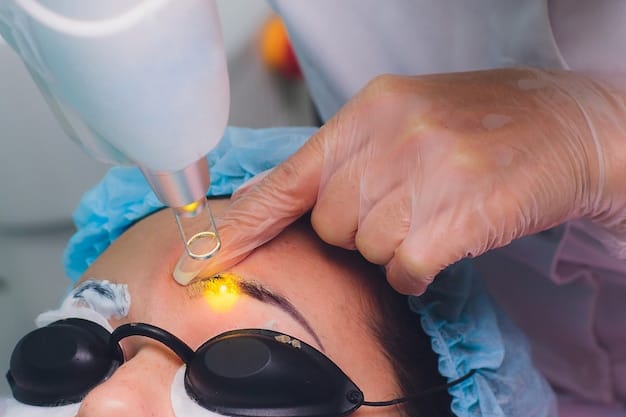
How to Heal Faster and Avoid Complications
Want a smooth recovery? Follow these steps:
Choose an Expert
A skilled dermatologist makes all the difference. Dr. Taskeen Iqbal uses the latest techniques to ensure safe, effective mole removal.
Follow Aftercare Instructions
No shortcuts here. Keep the area clean, moisturized, and protected while it heals.
Stay Out of the Sun
Sun exposure can interfere with your skin’s healing process, so if you’re heading outside, apply SPF 30+ sunscreen.
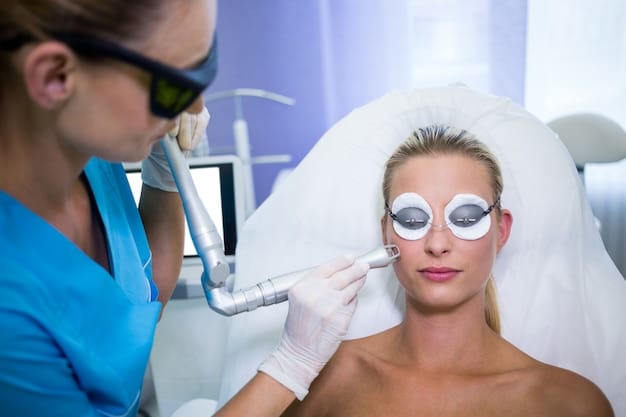
Skip Harsh Skincare
Exfoliants, retinoids, and alcohol-based products are a no-go until your skin fully recovers. Stick to gentle, fragrance-free products.
Hydrate and Eat Well
Good skin starts from within. For faster healing, drink plenty of water and eat foods rich in vitamins A, C, and E.
Who Should Avoid Laser Mole Removal?
Not everyone is a good candidate for laser treatment. It may not be right for you if:
- You have active skin infections, eczema, or psoriasis.
- Your skin is prone to keloid scars (these can be tricky to treat).
- The mole is deep or raised (it may need surgical removal instead).
- You’re pregnant or taking medications that slow healing.
A consultation with a dermatologist will clear up any doubts.
Other Ways to Remove Moles
If laser treatment isn’t an option, here are some alternatives:
- Surgical Excision – The mole is cut out and stitched up. It is best for larger or deeper moles but can leave a small scar.
- Cryotherapy (Freezing) – Liquid nitrogen dries the mole off. It works well for small, shallow moles.
- Electrocautery (Burning) – An electric current burns the mole off, which is good for raised moles and skin tags.
- Topical Treatments – Some over-the-counter creams claim to remove moles, but most don’t work and can cause irritation. Always check with a dermatologist before trying one.
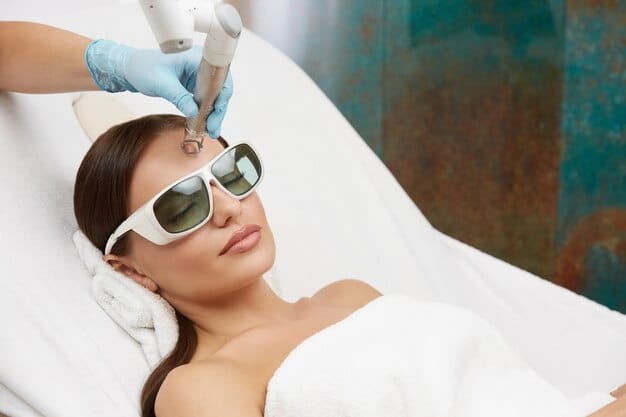
Conclusion
Laser mole removal is a quick, easy, and scar-free way to clear your skin. While mild side effects like redness and scabbing are common, proper aftercare makes healing smooth.
Dr. Taskeen Iqbal provides expert laser treatments for moles, warts, milia, and skin tags for those in Islamabad. If you’re considering removing a mole, book a consultation today and get one step closer to clearer, blemish-free skin!
FAQs
Are there any side effects of laser mole removal?
Yes, minor side effects like redness, swelling, and scabbing are common but temporary. In rare cases, skin discoloration or mild scarring can occur. Dr. Taskeen Iqbal ensures a safe procedure with expert aftercare guidance to minimize risks.
Are there any side effects of laser treatment on the face?
Laser treatment on the face can cause mild irritation, temporary redness, or slight pigmentation changes. These effects usually fade within a few weeks. With Dr. Taskeen Iqbal’s expertise, patients receive personalized care to promote smooth healing.
Can laser damage moles?
Laser treatment safely breaks down mole pigment without harming the surrounding skin. However, deep or suspicious moles should be examined first to rule out medical concerns. Dr. Taskeen Iqbal assesses each mole carefully to ensure the safest removal method.
Is it unhealthy to remove moles?
Removing benign moles is generally safe and has no negative health effects. The key is having it done by a qualified professional to avoid infection or scarring. Dr. Taskeen Iqbal provides expert mole evaluation to determine the best treatment approach.
Is it good to remove a mole from the face?
If a mole is bothersome, changes in appearance, or affects confidence, removing it can be beneficial. Laser treatment is a great option for a scar-free result. Dr. Taskeen Iqbal specializes in safe, precise mole removal for smooth, natural-looking skin.

